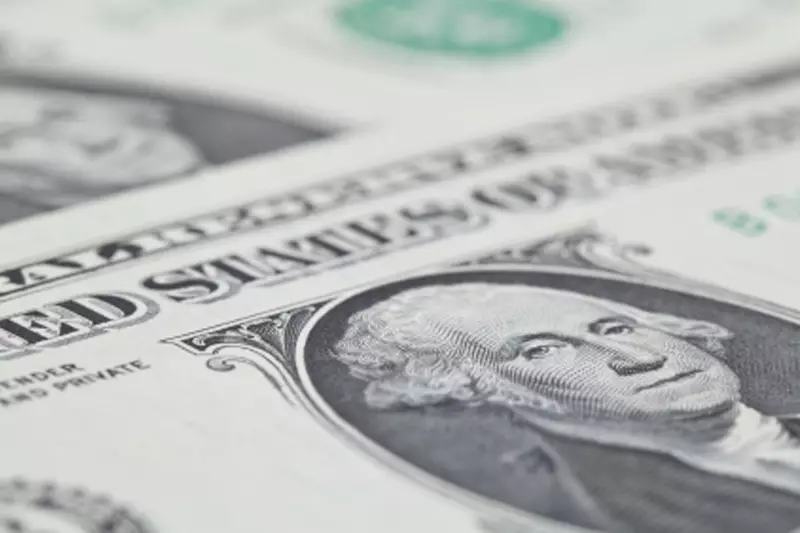The U.S. dollar experienced a slight decline in European trade recently, but it remained near a four-month high, signaling some stability in the currency market. Traders were closely monitoring the path of U.S. interest rates, which greatly influenced the movement of the Dollar Index against a basket of six other currencies. Despite the minor dip in the index, it had previously reached a five-month high, indicating a strong performance by the greenback.
The dollar’s performance was attributed to a series of resilient economic data, prompting traders to adjust their expectations regarding potential interest rate cuts by the Federal Reserve. While some traders had initially anticipated early rate cuts, the recent economic indicators influenced a rethink, aligning market projections more closely with the central bank’s expectations. The Federal Reserve Chair, Jerome Powell, also made comments that provided further insights into the bank’s stance on inflation and potential rate adjustments.
Market analysts from Macquarie recommended a long position on the U.S. dollar, suggesting the possibility of further gains. They highlighted upcoming speeches by Federal Reserve officials as potential catalysts for driving the dollar higher, particularly if these speeches diverge from Powell’s dovish remarks. Speculation surrounding the dollar’s performance was also influenced by external factors such as the eurozone inflation data and perspectives from European policymakers like Robert Holzmann.
In Europe, the EUR/USD pair exhibited some gains, moving away from previous lows based on the expected eurozone inflation data. Similarly, the GBP/USD saw marginal improvement after a period of losses, indicating some fluctuation in the market. The USD/JPY pair also experienced some movement, with the Japanese yen stabilizing following recent losses. Pressure from the dollar and the prospects of higher U.S. interest rates contributed to the yen’s performance, although interventions from Japanese officials played a role in supporting the currency.
The USD/CNY pair reflected a minimal increase, with the yuan’s sentiment remaining fragile despite some positive indications from China’s services sector. The currency continued to hover above a key level, indicating ongoing concerns about its stability and potential impacts from external market forces. Overall, the performance of major currency pairs against the U.S. dollar underscored the complexity of global exchange markets and the various factors influencing currency movements.
The recent performance of the U.S. dollar in European trade highlighted the intricate dynamics of the currency market and the critical role of economic data, central bank policies, and market sentiment in shaping exchange rate movements. Traders and investors must navigate these complexities with caution, staying informed about key developments and trends to make well-informed decisions in the ever-evolving foreign exchange market.

